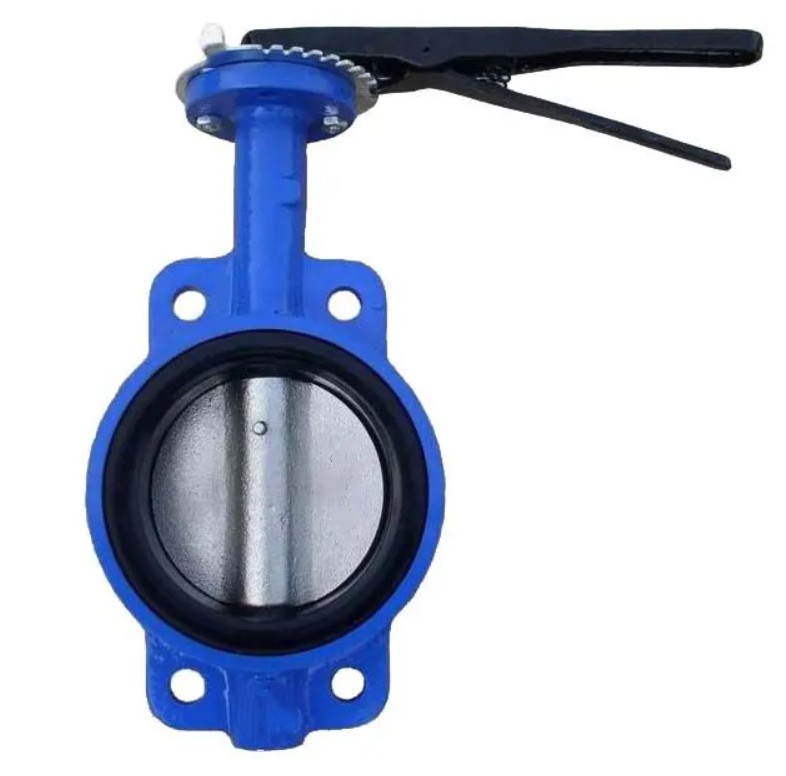control globe valve
Understanding Control Globe Valves A Comprehensive Overview
Control globe valves play a crucial role in the management of fluid flow in various industrial applications. These valves are designed to regulate flow and maintain desired pressure levels within piping systems. Their ability to provide accurate control makes them essential components in processes that require precise flow management, such as in chemical processing, water treatment, and oil and gas industries.
What is a Control Globe Valve?
A control globe valve is a type of valve utilized to regulate the flow of fluid through a pipeline. It operates by using a movable disk or plug that is raised or lowered within the valve body to allow more or less fluid to pass through. The valve’s design enhances its ability to throttle flow, offering operators the control necessary to maintain optimal conditions in a system.
The globe valve gets its name from its spherical body shape, which houses the internal components. Unlike gate valves, which are designed for on/off operations, globe valves excel in applications requiring variable flow control.
Key Features of Control Globe Valves
1. Throttling Capability One of the primary advantages of globe valves is their excellent throttling ability. They can finely adjust the flow rate, making them ideal for processes requiring careful control.
2. Directional Flow Control Globe valves have a unique flow path that allows fluid to flow in one direction, which helps minimize turbulence and improve the consistency of flow characteristics.
3. Versatility They can handle a variety of fluids, including gases, liquids, and steam, making them suitable for various industrial applications.
5. Actuator Compatibility These valves can be easily equipped with actuators (manual or automated), allowing for remote operation and integration into control systems for enhanced process management.
Applications of Control Globe Valves
control globe valve

Control globe valves are widely used in numerous industries
- Chemical Processing They regulate the flow of caustic chemicals and ensure that systems remain within safe operating parameters. - Water Treatment In municipal water systems, globe valves help maintain consistent flow rates and pressures necessary for effective treatment processes. - Oil and Gas These valves manage flow rates in pipelines, ensuring that production processes remain efficient and safe.
Advantages of Using Control Globe Valves
1. Precision Their capability for fine adjustments allows for precise control of flow rates, contributing to improved process efficiency. 2. Leakage Prevention Because of their design, globe valves provide a tight seal when closed, reducing the risk of leaks and enhancing safety in critical applications.
3. Flow Characteristics Control globe valves can be designed with different characteristics (linear, equal percentage, or quick opening) to suit specific application needs.
4. Ease of Maintenance Many globe valves are designed for easy maintenance and repair, which helps minimize downtime in operations.
Challenges and Considerations
While control globe valves offer numerous benefits, there are also challenges associated with their use
- Pressure Drop Due to their design, globe valves can cause significant pressure drops when compared to other valve types. This aspect must be carefully considered in system design. - Size and Weight They are generally larger and heavier than other valve types, which can be a consideration in space-constrained installations.
Conclusion
Control globe valves are indispensable components in modern industrial applications where precise flow control is paramount. Their ability to regulate fluid dynamics effectively and their versatility across various industries underscore their importance. However, careful consideration regarding pressure drop and system design must be taken to ensure optimal performance in any application. Understanding these valves’ functions and features is essential for engineers and operators who seek to optimize their systems for efficiency and safety.
-
Reliable Hydraulic Valves for Efficient Fluid ControlNewsAug.29,2025
-
Reliable Electric Actuators for Industrial Valve AutomationNewsAug.29,2025
-
Premium Line Blind Valves for Secure Pipeline IsolationNewsAug.29,2025
-
Premium Electric Valves for Smart Fluid Control SolutionsNewsAug.29,2025
-
Precision Balanced Valves for Optimal System PerformanceNewsAug.29,2025
-
Heavy-Duty Flanged Butterfly Valves for Water SystemsNewsAug.29,2025
-
Reliable Wafer Type Butterfly Valve - Durable & Space-Saving DesignNewsAug.29,2025




